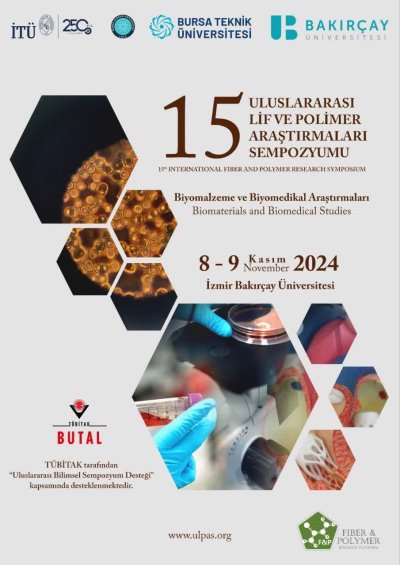0% Complete
Authors :
Keywords :
Abstract :
List of archived papers
Hande BEK - Serdar Yanılmaz - Ayşe Bedeloğlu - Tuncay GÜMÜŞ
Nurcan Karaca - Yasemin BALCIK TAMER - Demet Aydınoğlu
Mehmet Deniz GUNES - Gediz KULAC - Goksel TOKGONUL - Taygun UZUNLAR - Sercan DAGLI - Hakan Salih ERDOGAN
Hurrem CANITEZ - Ayse BEDELOGLU
Gonca YILDIZ PABUŞÇU - Ayşe TÜRKTAŞ ALİ - Timur ATİK - Fatma GÖKTEPE
Dilek ŞARAPNAL - Osman BABAARSLAN



